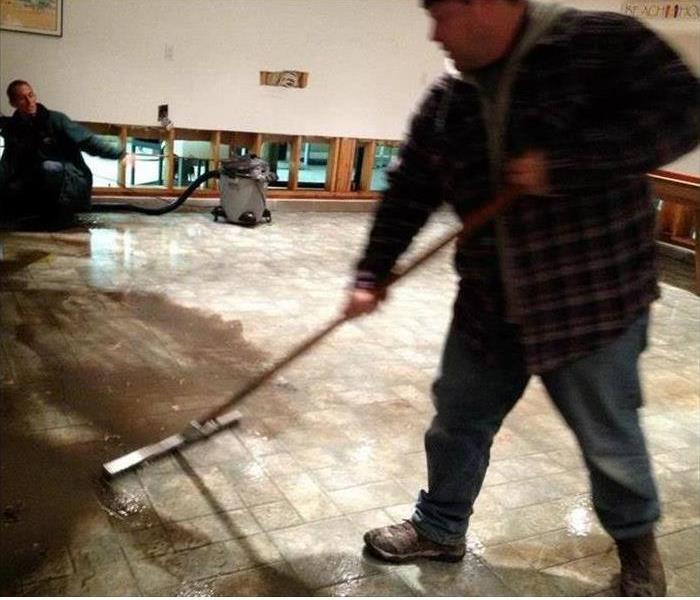3 Tips for Reduction of Odors From Water Damage
7/1/2022 (Permalink)
 While floods often lead to less than pleasant odors due to factors like mold growth and bacteria, the smells can be removed or at least mitigated.
While floods often lead to less than pleasant odors due to factors like mold growth and bacteria, the smells can be removed or at least mitigated.
3 Ways To Reduce Odors Caused By Water Damage
Even after you or a professional cleanup and restoration service from Weedville, AZ, has removed any standing flood water from your building, there might be disagreeable smells. They may be the result of sewage loss from pipes or the street, mold growth from leftover moisture or bacteria carried in by gray water or black water. There are some actions that can help reduce or eliminate the unpleasant odors that arise from water damage.
1. Make Sure Everything Is Actually Dry
Any excess moisture can serve as a breeding ground for mold growth and mildew. The microorganisms emit musty scents akin to dirty socks or dirt as they progress through different stages of development. It can also harbor stink-producing bacteria. It is important to remove as much water as possible by opening windows, wringing out or trashing soaked textiles, drying off surfaces, and using fans and dehumidifiers.
2. Use Common Remedies
If the smell clings to a room, there are certain substances you can place in open containers around it to try and absorb the odor from the air, including:
- Cat litter
- Vinegar
- Baking soda
These are available for purchase at many generic stores or shopping centers and have deodorizing capabilities. Baking soda can also be sprinkled on carpet, rugs or fabric-covered office furniture and vacuumed up to remove both liquid and nasty fragrances.
3. Disinfect Affected Surfaces
Sanitizing anything the water has touched can help ward off or kill mold in its beginning stages. Even if there is none visible, it might already have begun to release spores and infect porous materials. While bleach may seem like the obvious choice of cleanser, it generally only affects surface mold, not the filamentous roots or spores. A vinegar and warm water solution or soap and warm water mixture will prove more effective at removing the fungus.
While floods often lead to less than pleasant odors due to factors like mold growth and bacteria, the smells can be completely removed or at least mitigated. There are also professionals trained at disaster cleanup you can contact.



 24/7 Emergency Service
24/7 Emergency Service